The SS7 network was once considered an environment that controls users’ access to network-based content and services, allowing licensed mobile operators to access customer data. However, many unlicensed entities currently […]
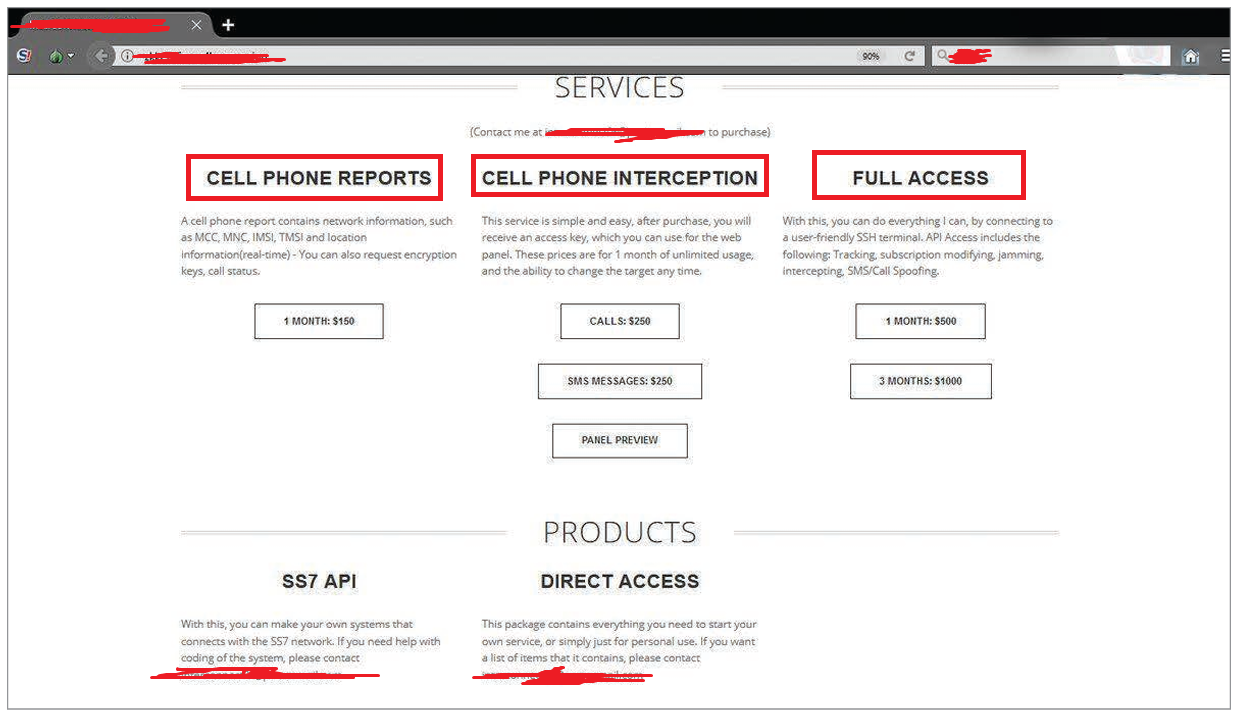

Many types of firewalls are often categorized by system protection, form factor, network placement, and data filtering method. Regarding 5G, Firewalls protect different network layers — especially in the Service-Based […]
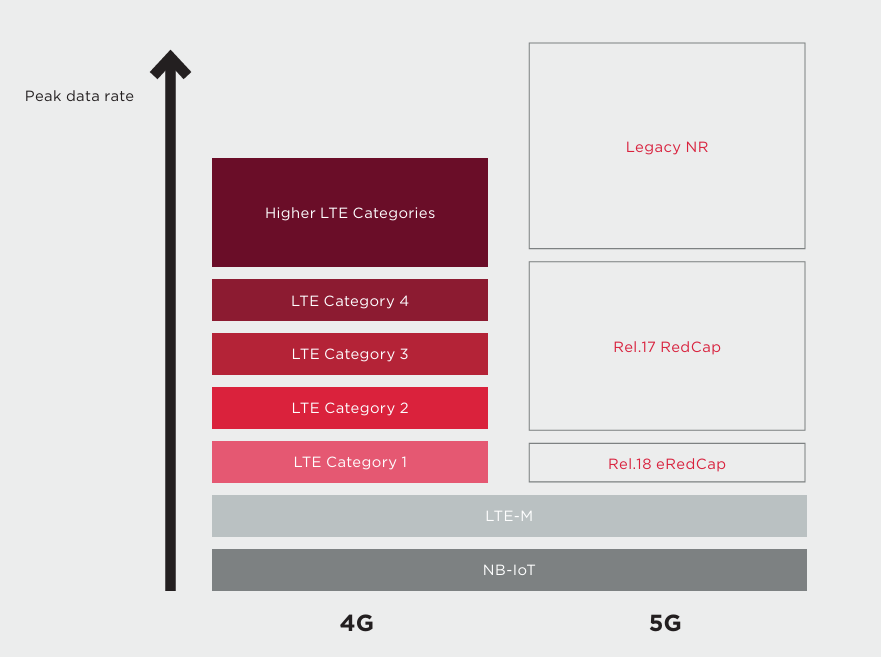
Sunsetting 2G and 3G networks is not an easy step for mobile network operators (MNOs) due to several technical, financial, and social factors. The decision isn’t just about technology—it’s about […]
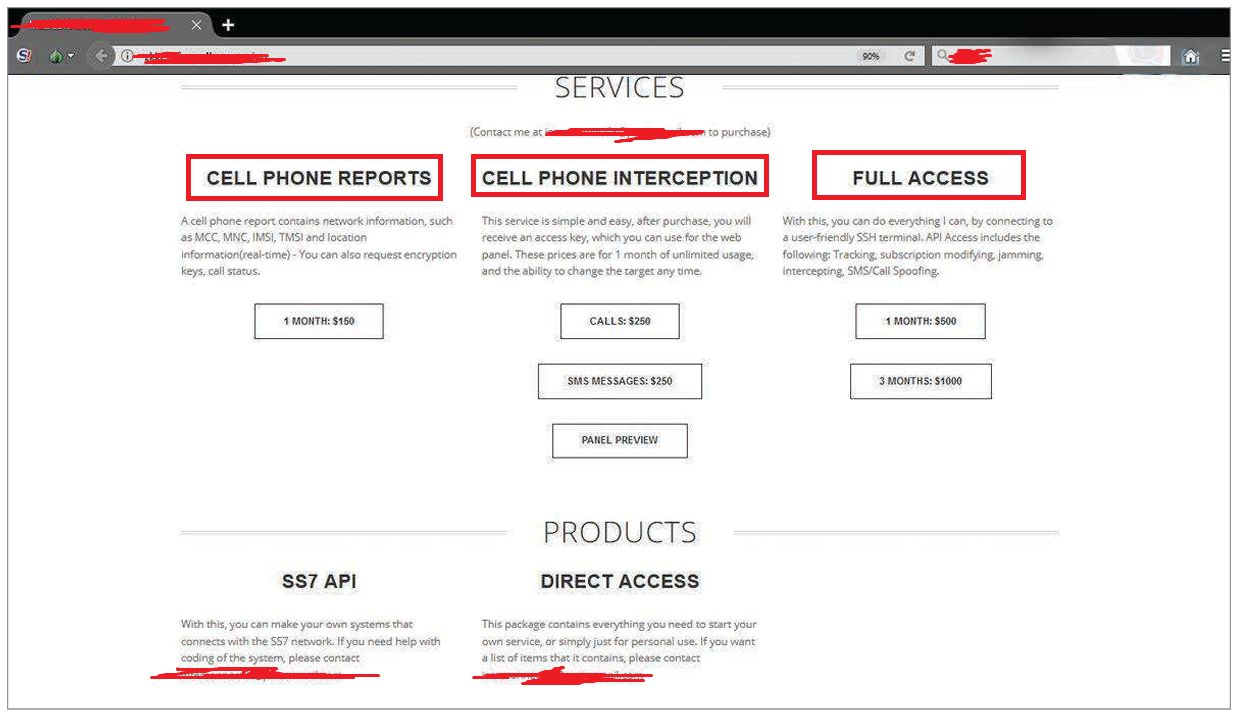
? The SS7 network was once considered an environment that controls users’ access to network-based content and services, allowing licensed mobile operators to access customer data. However, many unlicensed entities […]
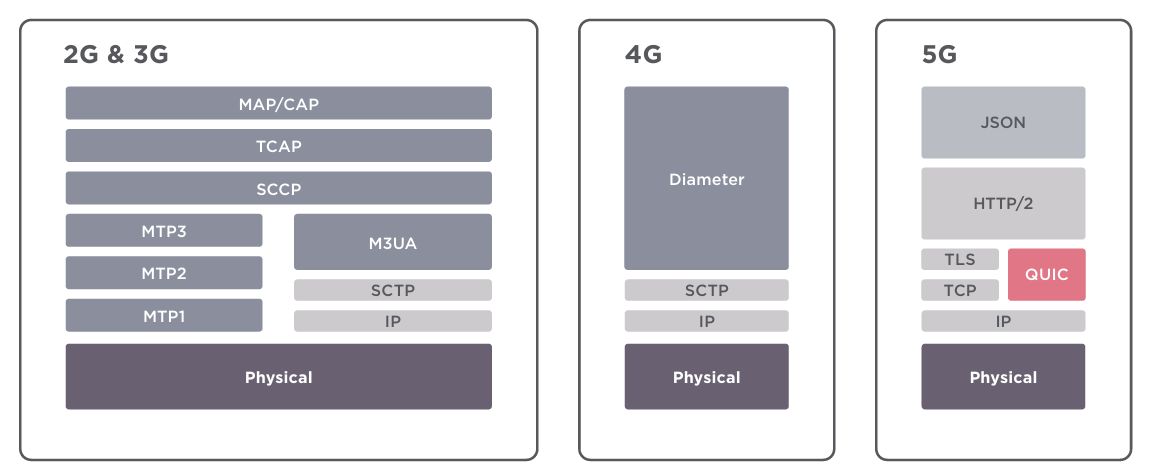
?Previous generations relied on the SS7 and Diameter protocols. The 5G network core is built on well-known Internet protocols such as HTTP and TLS. ? Security threats associated with 3G […]

?5Ghoul is the name given to a set of 14 newly discovered vulnerabilities in Qualcomm and MediaTek 5G modems, disclosed in December 2023 by researchers from the Singapore University of […]

? The first 2G mobile network in the world was launched in Finland in 1991, marking the first digital mobile network and replacing analogue 1G systems. ? The Nokia 1100, […]

The Question is Actual 5G or Icon-only 5G! Recently, a new mobile app called SignalTracker showed that nearly 40% of 5G connections are actually 4G, as per PolicyTracker. Actual 5G […]
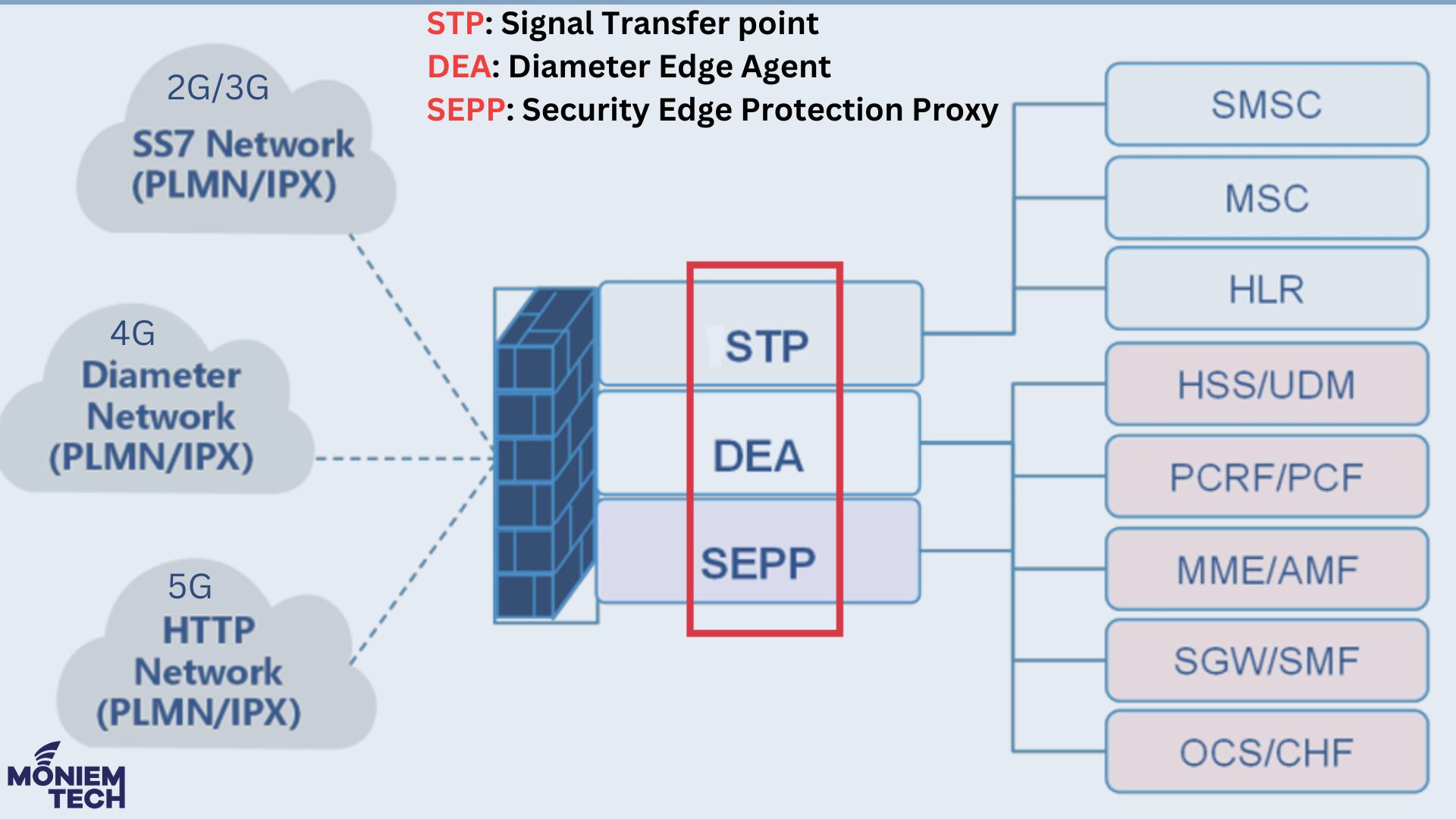
The journey started with 2G and 3G, where Voice was the leading service, and the main protocols were SS7 and SIGTRAN (Signaling Transport). At this time, the primary Firewalls are: […]
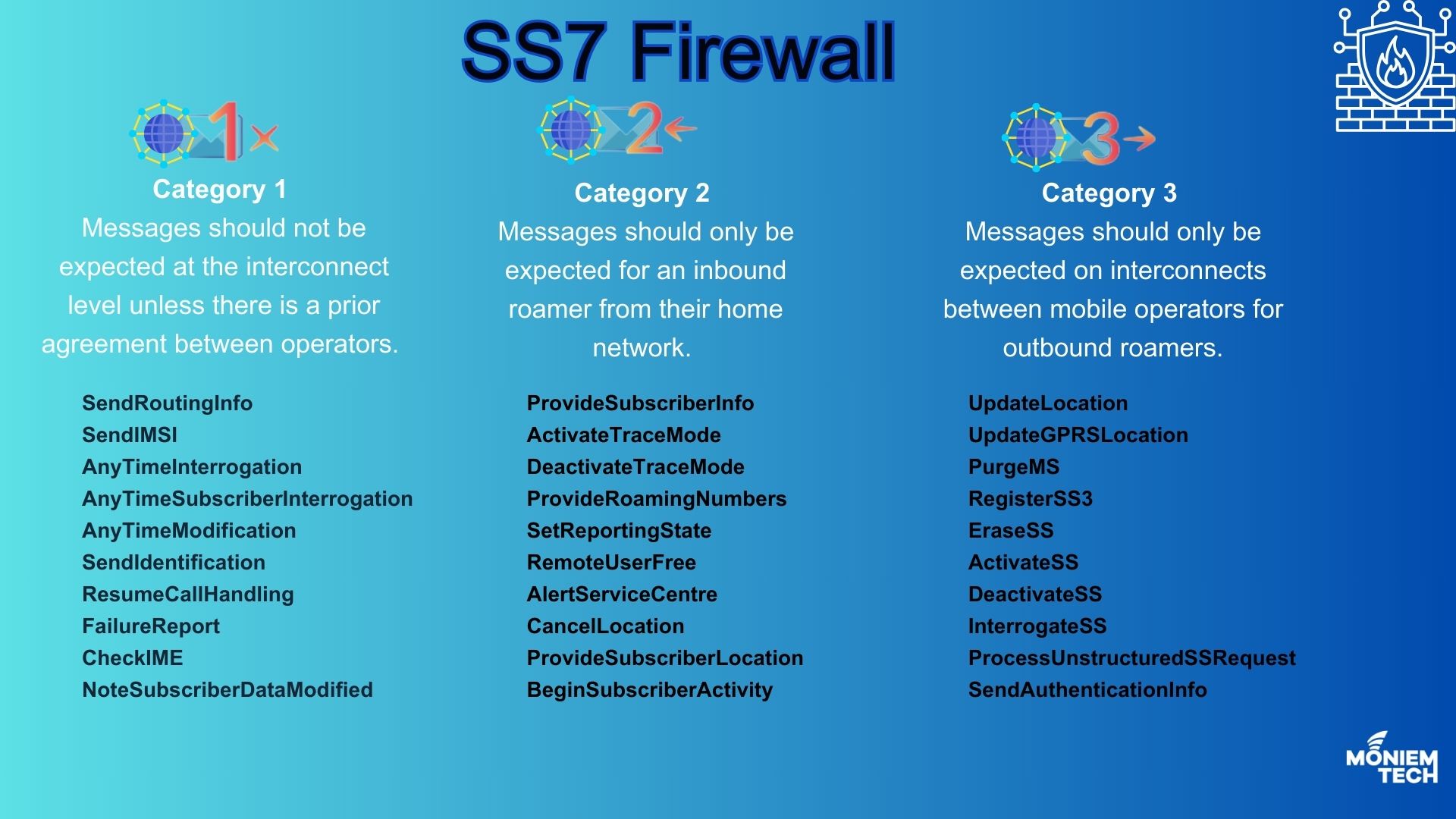
SS7 was never designed with security in mind, so it has always been open to internal and external threats. S7 Firewall is a smart, rules-based system that can monitor, create […]

When I started my 5G Journey in 2017, I first explored the 5G network versions: 5G NSA (Non-Standalone) and 5G SA (Standalone). Most MNOs envision starting with 5G NSA and […]
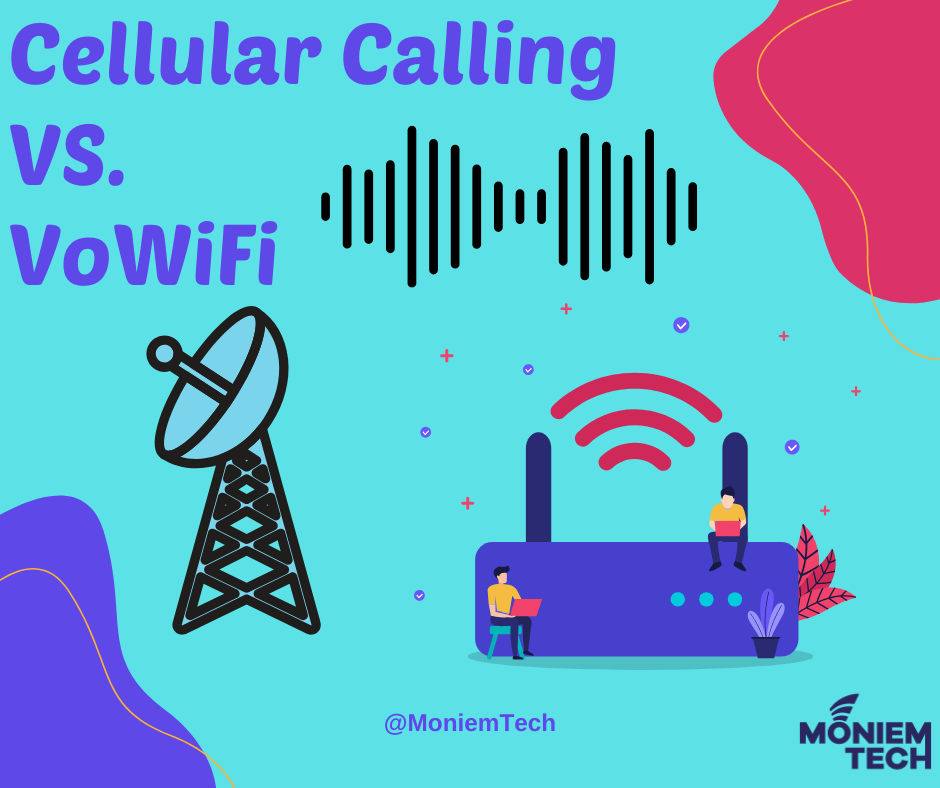
Voice calls remain one of the most vital means of communication in both personal and professional spheres. They provide instant and direct interaction, allowing for clear and immediate conversations. Unlike […]
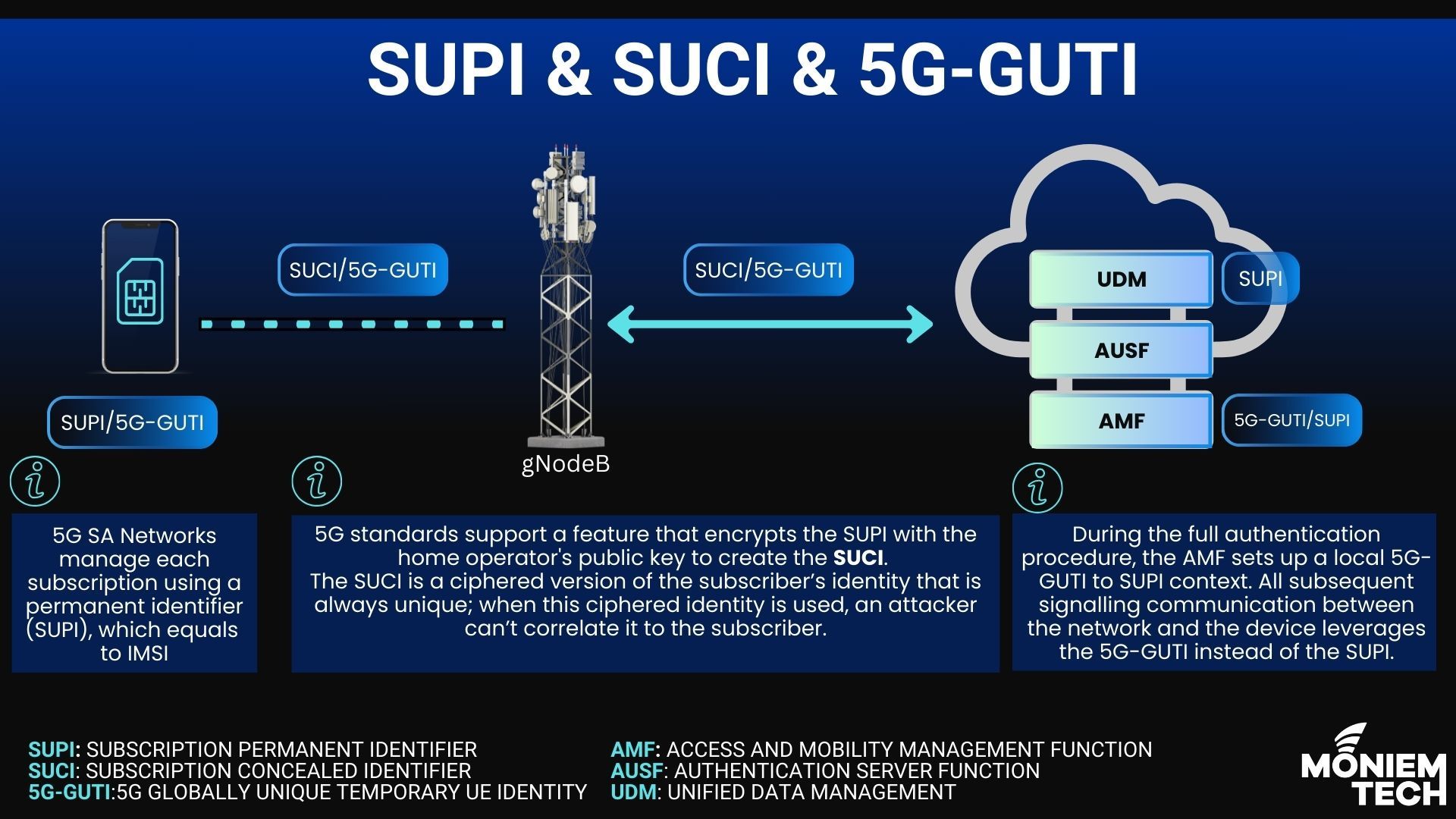
Currently, I see some confusion regarding 5G identification and the purpose of each one, such as which network node generates them and the subscriber’s role. I summarized the 3 identifications […]

What is NTN? NTN refers to a communication system that transmits data through non-terrestrial platforms, such as satellites, high-altitude platforms (HAPs), drones, or other aerial technologies, instead of relying on […]

The IMSI is a unique number assigned to every mobile subscriber, which is stored on the SIM card and used by mobile networks to identify and authenticate users. An IMSI […]

The Answer is in “Shannon–Hartley theorem“ Shannon–Hartley theorem tells the maximum rate at which information can be transmitted over a communications channel of a specified bandwidth in the presence of […]

Before discussing why we need an SMS Router, let’s understand the 1st figure when the mobile device sends SMS to another Mobile through the normal scenario without an SMS Router […]
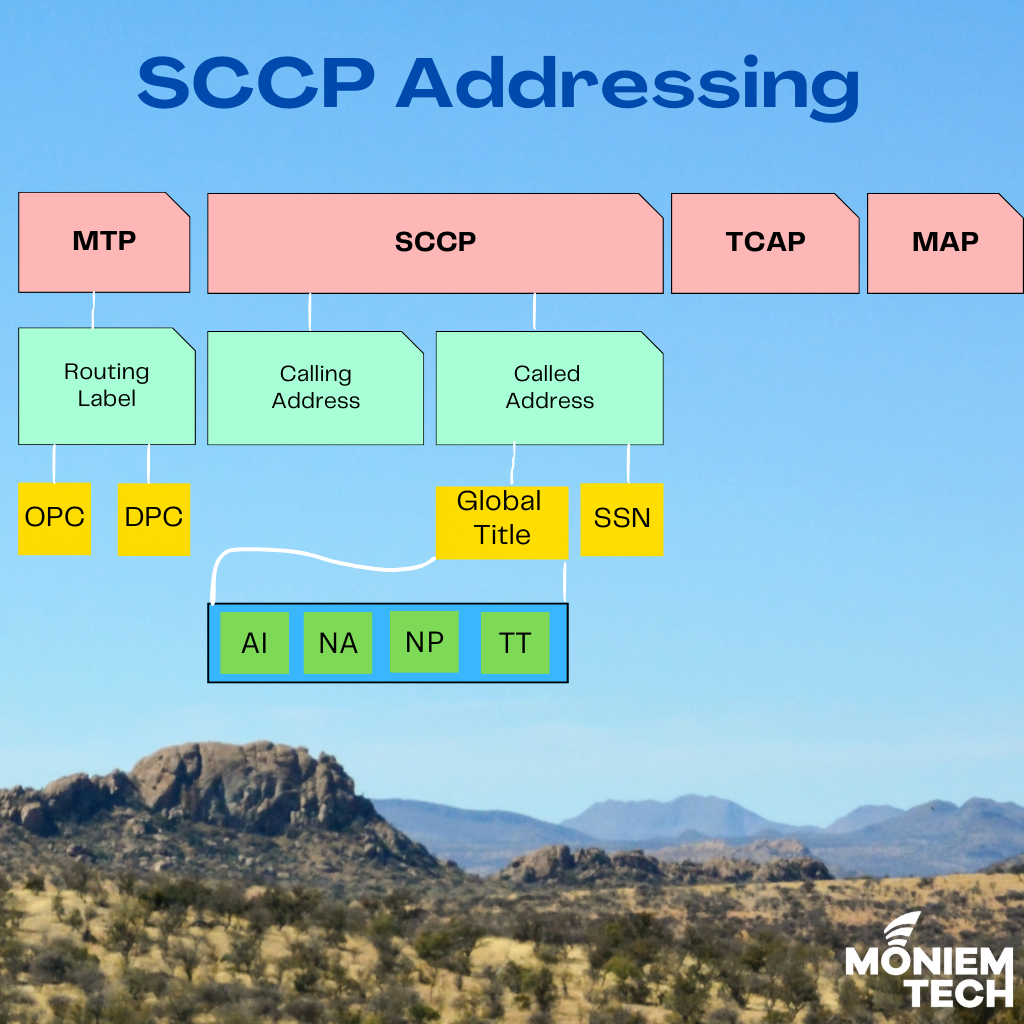
Signalling System No. 7 (SS7) is an old signaling protocol, but all mobile network operators still use it to exchange information between nodes in the network nationally and internationally. Security and […]
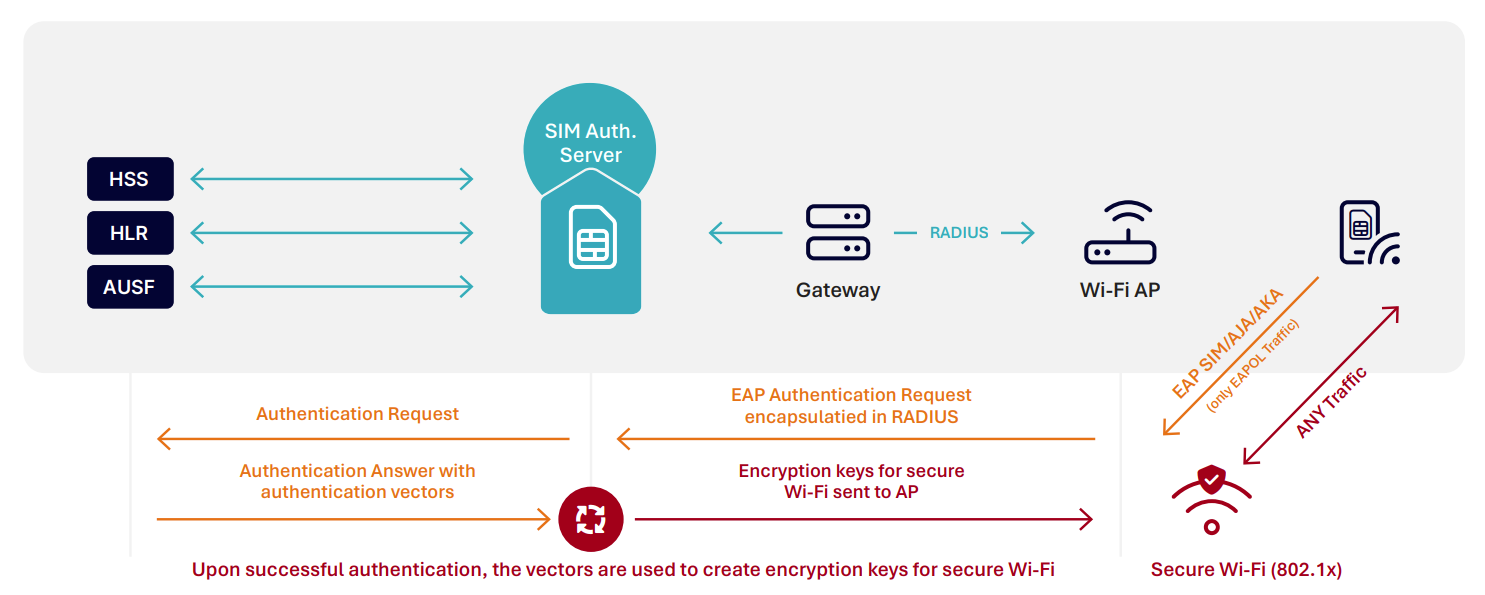
In 2021, I wrote this article about 5G and Wifi 6 convergence, and then in 2023, I addressed this big question: Are 5G and WiFi6E Friends or Competitors? Conclusion of […]

Before discussing ePDG in more detail, let’s explain why we need it. The answer is to connect between 3GPP networks (LTE/5G core) and non-3GPP networks (Wi-Fi). But, why do we […]
